If you want to upgrade your roof and save some money, installing metal roofing over shingles might be an excellent option. Metal roofing has become increasingly popular due to its durability, energy efficiency, and low maintenance.
However, many homeowners hesitate to install metal roofing because they want to avoid going through the hassle of removing their old shingles and many wonder if a metal roof can be installed over shingles.
Luckily, installing metal roofing over shingles is a feasible option that can save you time and money.
Here is a guide on how to install metal roofing over shingles.
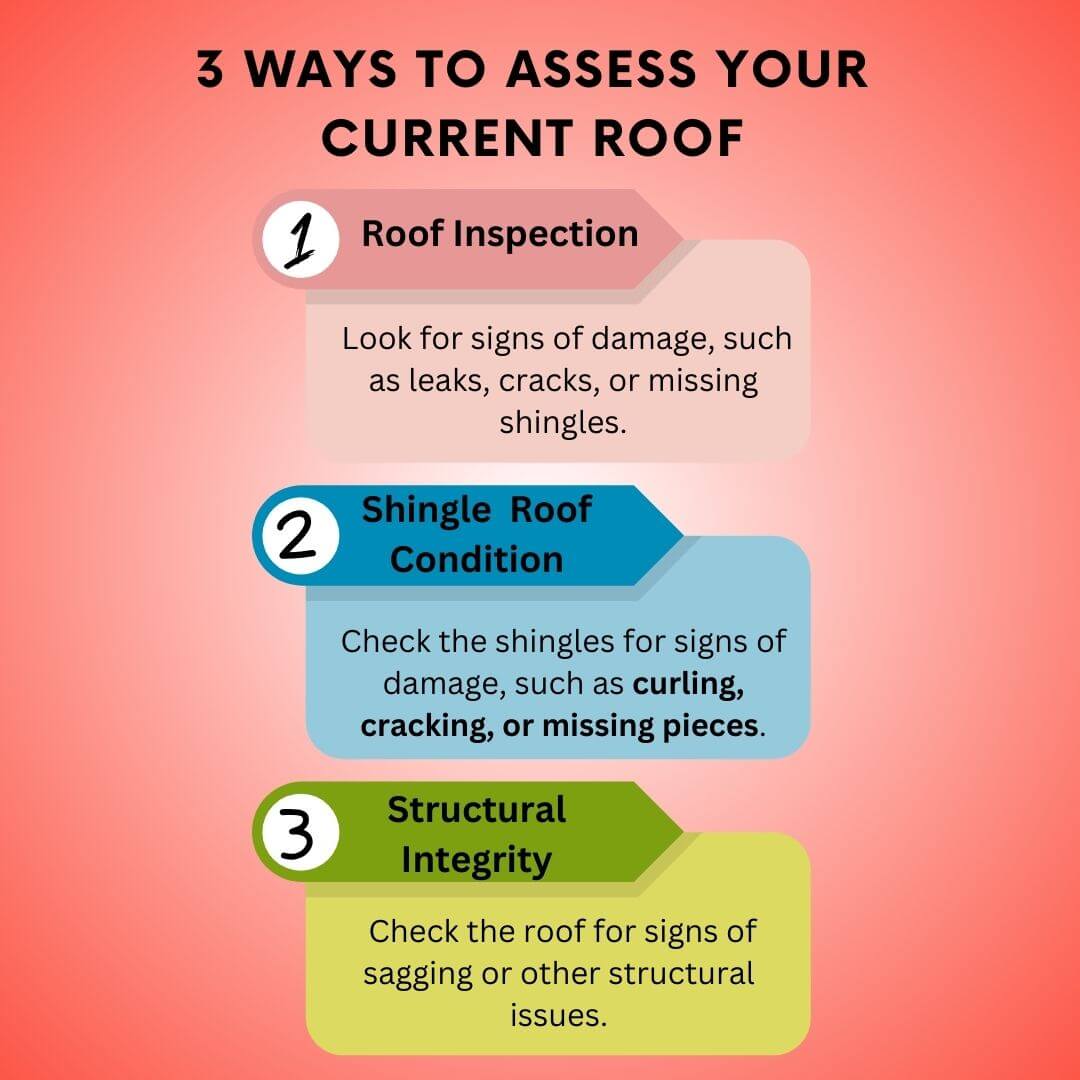
Before installing a metal roof over shingles, it is essential to assess the condition of your current roof. This step is crucial to ensure that your new metal roof will be installed correctly and will last for many years.
Here are the three main areas you should inspect before installing metal roofing over shingles:
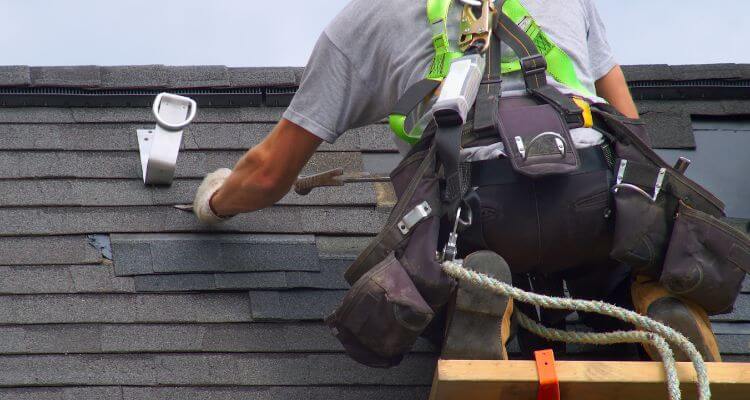
The first step in assessing your current roof is conducting a thorough inspection. It would help if you looked for signs of damage, such as leaks, cracks, or missing shingles.
You should also check the roof for signs of wear and tear, such as curling or blistering shingles.
If you notice any of these issues, you should address them before installing metal roofing over shingles.
The condition of your shingle roof is another critical factor before installing metal roofing over shingles. If your shingles are in poor condition, they may not provide a stable base for the metal roofing.
You should check the shingles for signs of damage, such as curling, cracking, or missing pieces. If your shingles are in poor condition, you may need to replace them before installing metal roofing over the shingles.
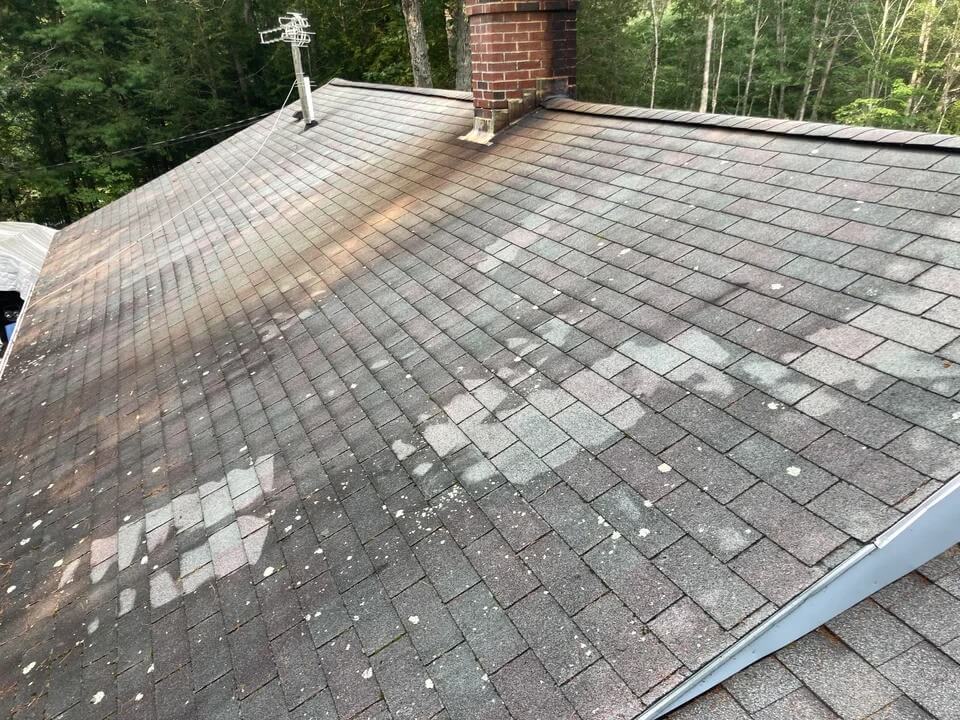
Finally, you should check the structural integrity of your roof before installing metal roofing over shingles. Your roof should be structurally sound and able to support the weight of the metal roofing.
You should check the roof for signs of sagging or other structural issues. If you notice any structural problems, you should address them before installing metal roofing over shingles.
By assessing your current roof, you can ensure that your new metal roof will be installed correctly and last many years.
Suppose you are still determining the condition of your roof. In that case, you should consult with a professional roofing contractor to help you assess your roof's condition and determine the best course of action.
Before installing metal roofing over shingles, it is essential to prepare the roof properly. This section will cover the two main things you need to do before starting the installation.
Choosing the suitable materials is crucial for a successful installation. You will need to purchase metal panels, underlayment, and fasteners. The metal panels come in different sizes and colors, so choose the one that best suits your needs.
The underlayment is a protective layer between the metal panels and the shingles. It provides an extra barrier against moisture and helps to prevent leaks. Finally, you will need fasteners to secure the metal panels to the roof.
Different types of fasteners are available, so choose the one compatible with your metal panels.
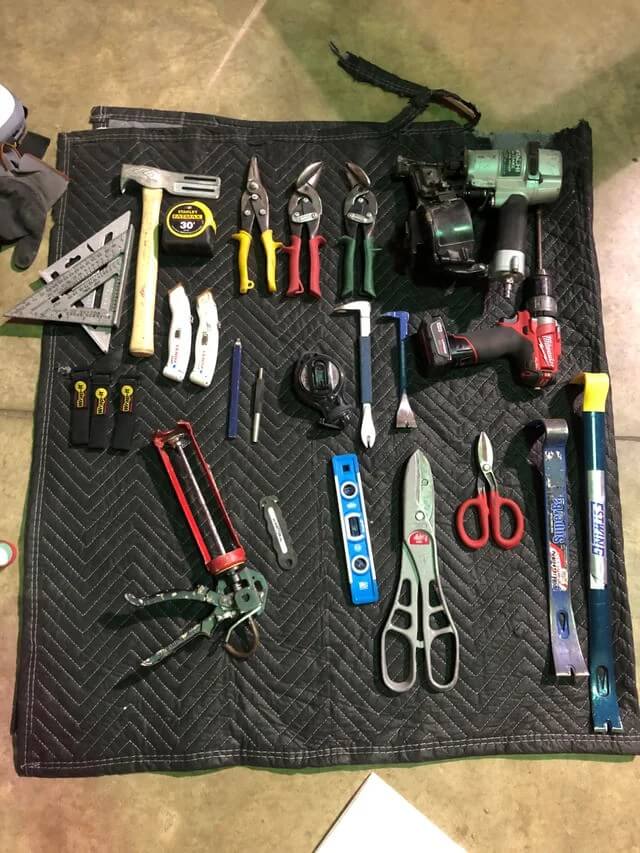
Installing metal roofing over shingles can be dangerous, so gathering the necessary safety equipment is essential. You will need a safety harness, a hard hat, gloves, and safety glasses.
A safety harness will help prevent falls, and a hard hat will protect your head from falling debris. Gloves protect your hands from cuts and scrapes, and safety glasses protect your eyes from flying debris.
You can start the installation process once you have gathered the necessary materials and safety equipment. Remember to follow the manufacturer's instructions carefully and take all necessary safety precautions.
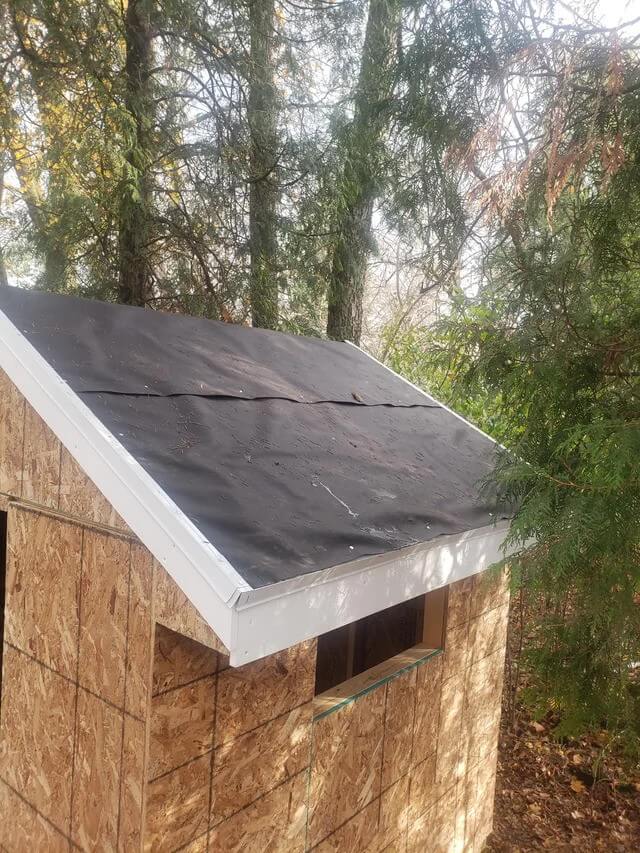
Installing underlayment is a crucial step when installing metal roofing over shingles. Underlayment is a layer of material installed over the existing shingles to provide a barrier against moisture and create a smooth surface for the metal roofing panels.
To install the underlayment:
Secure the underlayment to the roof deck using roofing nails or staples, following the manufacturer's instructions.
Be sure to avoid walking on the underlayment once installed, as this can damage the material and compromise effectiveness.
One of the primary functions of underlayment is to create a waterproof barrier between the metal roofing panels and the existing shingles.
To ensure that the underlayment provides adequate protection against moisture, it is essential to pay attention to the details of the installation.
For example, ensure the underlayment is installed with no gaps or wrinkles, as these can allow water to seep through and damage the roof deck.
Additionally, ensure that the underlayment extends at least 2 inches over the eaves and up the roof slope to provide extra protection in areas where water is likely to accumulate.
By installing underlayment and properly creating a waterproof barrier, you can help ensure that your metal roofing installation is durable, long-lasting, and able to withstand the elements.

Once you have prepared the roof and installed the underlayment, it's time to lay the metal panels. This is the most important step in the installation process, and it requires precision and attention to detail.
First, you need to align the metal panels properly. This involves ensuring that the panels are straight and even and aligned with the roof's edges. You can use a chalk line to mark the centerline of the roof and then use this line as a guide for laying the panels.
When aligning the panels, it's essential to ensure they are spaced evenly. You can use spacers or shims to ensure a consistent gap between the panels. This will help to prevent water from seeping through the gaps and causing damage to the roof.
Once you have aligned the panels, you must secure them to the roof. You can use screws or nails to attach the panels to the roof deck. Make sure that the screws or nails are driven into the roof deck and not just the shingles.
When securing the panels, it's essential to ensure they are appropriately tightened.
Over-tightening can cause the panels to warp or buckle, leading to leaks and other problems. Use a torque wrench to ensure that the screws or nails are tightened to the correct torque.
When laying the metal panels, you need to use an overlapping technique. This involves overlapping the panels by at least one rib or corrugation.
This will help to ensure that water flows off the roof and does not seep through the gaps between the panels.
When overlapping the panels, ensure that the overlap is facing away from the prevailing wind. This will help to prevent wind-driven rain from entering the gaps between the panels.
In summary, laying metal panels requires precision and attention to detail. You need to align the panels correctly, secure them to the roof, and use an overlapping technique to ensure that water flows off the roof.
Following these steps ensures that your metal roof is installed correctly and will provide years of reliable service.
Congratulations! You have successfully installed your metal roofing over shingles. However, there are a few more steps to complete before you can sit back and enjoy the fruits of your labor.
Sealing the edges of your metal roof is crucial to prevent water from seeping through and causing damage. You can use a sealant such as roofing caulk or silicone to seal the edges of your roof.
Apply a generous amount of sealant to the edges, then use a caulking gun to spread it evenly. Cover all the edges, including the ridge cap and the eaves.
Waterproofing your metal roof is also essential to prevent leaks. You can use a waterproofing membrane to cover the entire roof surface. This will create a barrier that prevents water from penetrating the roof.
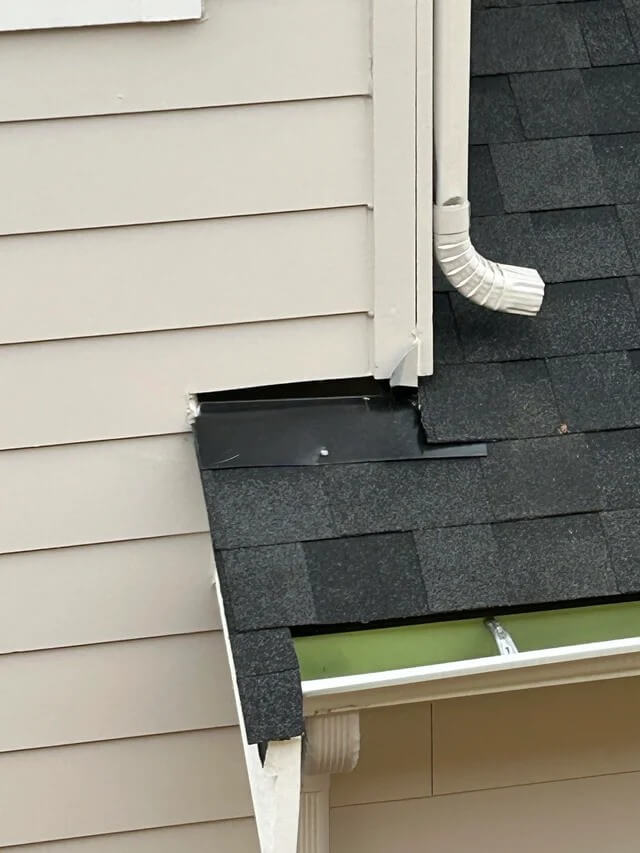
Roof flashing is an essential component of your metal roof. It helps to direct water away from the roof and prevent leaks. You can install roof flashing around chimneys, vents, and other protrusions on your roof.
You can use metal flashing or rubber flashing, depending on your preference. Make sure to overlap the flashing at least 6 inches to ensure complete coverage.
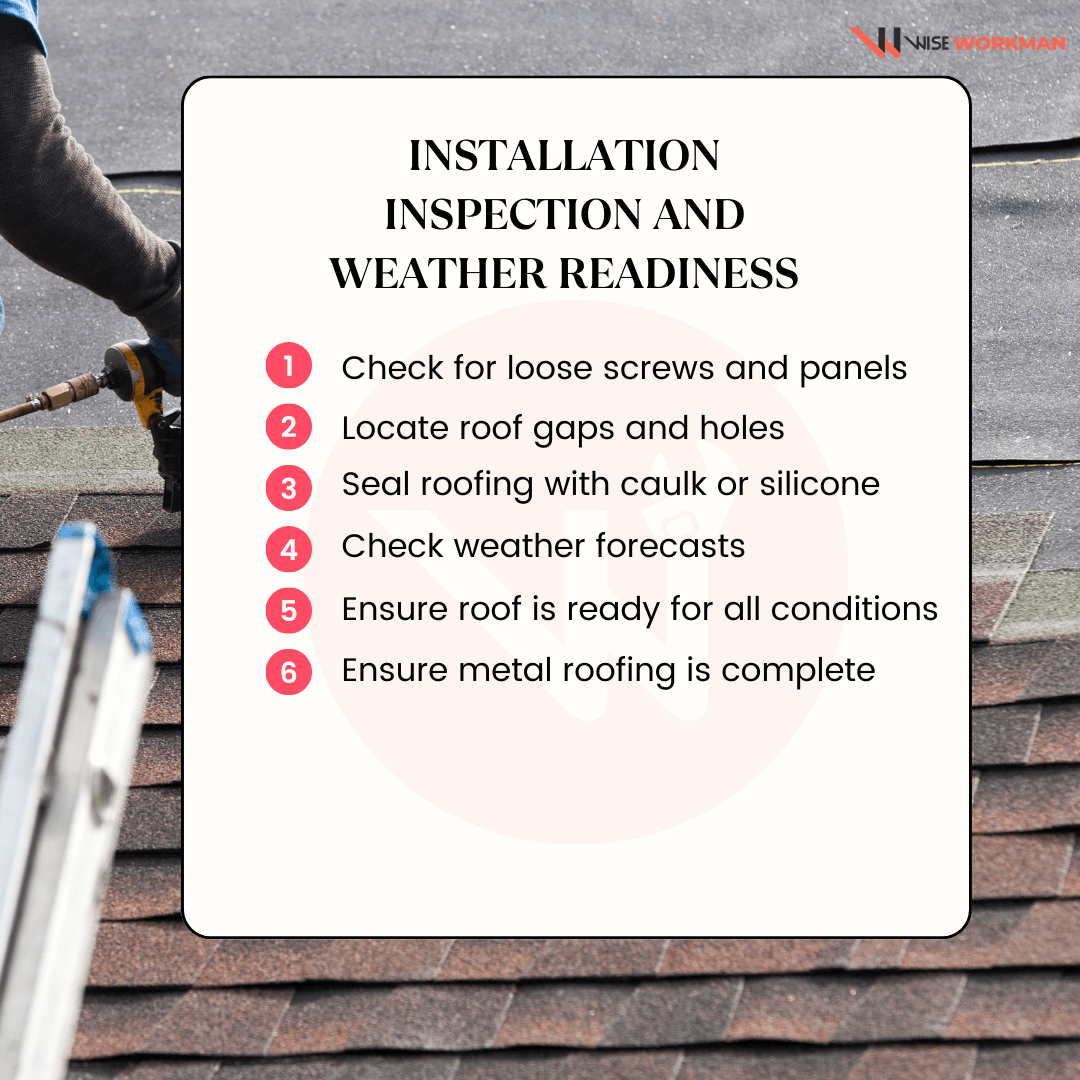
Before you complete your installation, it's essential to inspect your roof for any potential issues. Check for any loose screws or panels, and tighten them as needed. Inspect the roof for gaps or holes and seal them with roofing caulk or silicone.
Finally, make sure your roof is ready for any weather conditions. Check the weather forecast and ensure no storms or heavy winds are predicted. If there are, let's delay your installation until the weather clears up.
Following these final steps, you can ensure that your metal roofing installation is complete and ready to withstand the elements for years.
Therefore the answer to the question of what is the best way to install a metal roof over shingles has a lot of elements that need to be considered.
Depending on the results of your roof inspection choose the right materials and follow that with installing the underlayment and waterproof barriers. Lastly, secure your metal panels and seal the edges of the roof to ensure waterproofing.
In conclusion, there is no one single way for every roof to be installed with metal panels and it depends on your roof’s prior conditions.